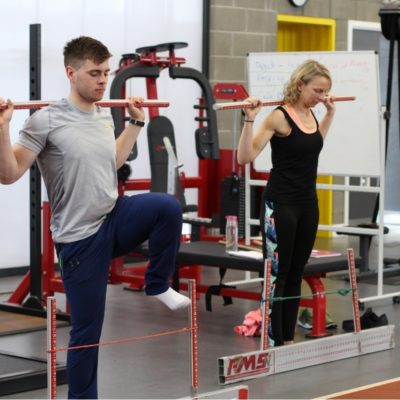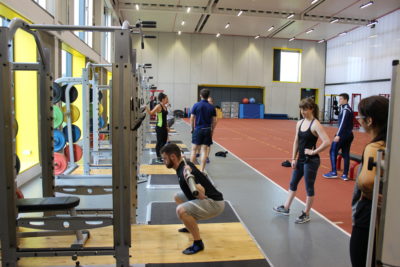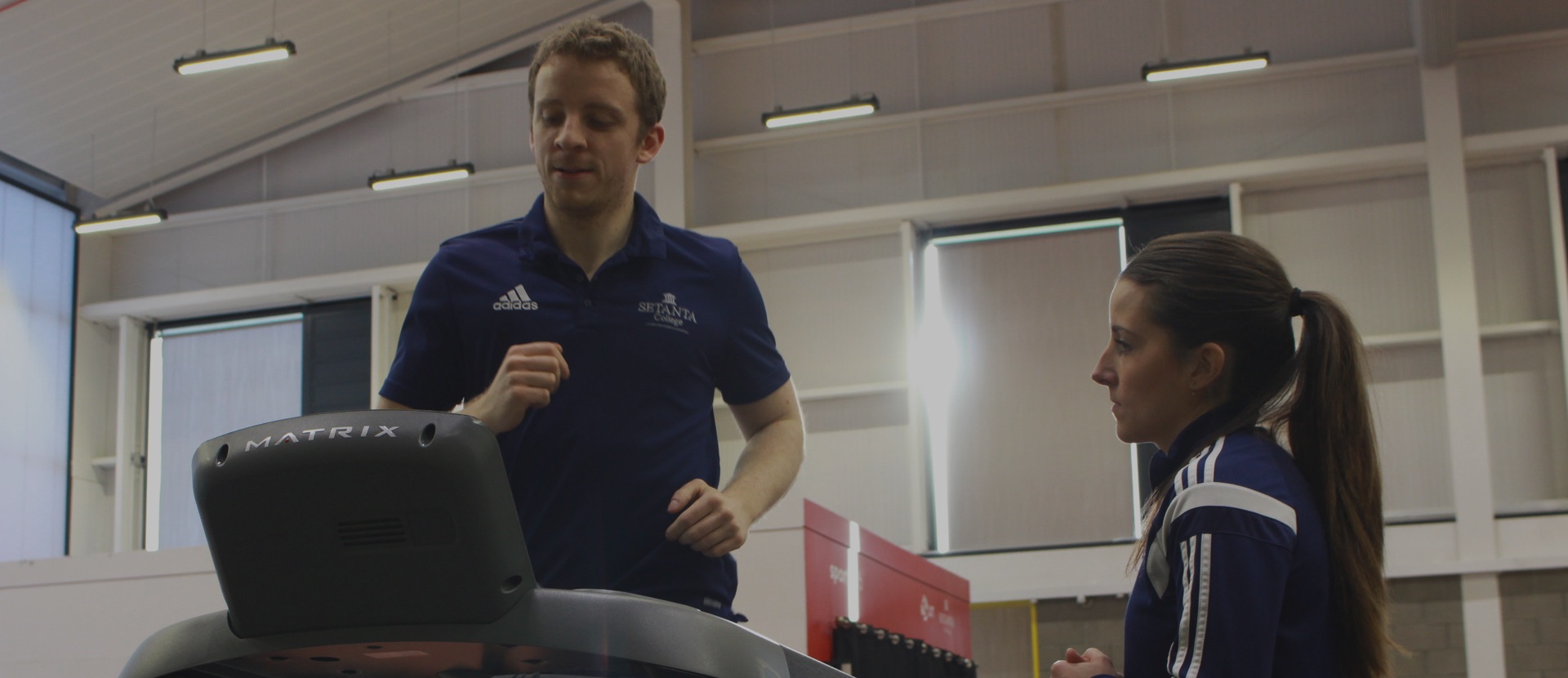Most personal training clients are not athletes. An important consideration for Personal Trainers.
For many of the general population engaging the services of a personal trainer, the athletes’ body is seen as the ideal body type and one they strive to achieve through their training. The low body fat, muscular hypertrophy and muscle definition associated with an athletic body are the aims of a lot of people when they begin a training programme.
The goal of the athletic body type has led to many trainers using advanced training methods with clients to get that “train like an athlete” feel to their sessions. This training approach can involve a very high workload placed on the client and often extremely technical lifts and exercises being performed. Plyometrics used inappropriately, olympic lifts being expected from very novice lifters and loading up lifts before the client is ready are examples of what can be wrong with the “train like an athlete” approach.
The ironic thing is that when the general public attend these exercise sessions or are trained with this “train like an athlete” approach they are actually generally happy with the session and the trainer. They feel like the training was tough and tough training equals good training and value for money.
Effective Training & Educating your Client

Setanta College Personal Training students administering the Functional Movement Screen.
The simple fact is that while yes the client is getting a beasting during the training session and they leave the session drenched in sweat and feeling exhausted, that does not necessarily equate to optimal training for that individual. The responsibility of educating the client lies with the trainer and it should be stressed that effective training does not depend on the size of the sweat patches after the session.
Ideally the only person that should be trained like an athlete is an athlete, as they have earned that right through years of training experience and they will have the ability to tolerate advanced training methods and larger training loads. The general population should be trained at a level suited to them in order for them to optimally recover and adapt to the training. Training a client above the level they are capable of is dangerous and unprofessional at the end of the day. The increased risk of injury and extended recovery time the client is going to need after these inappropriately loaded training sessions, are not ideal for getting the client to their end goal. Leaving a training session struggling to walk or having felt sick during the session should not be seen as good things or targets to aim for during a person’s training. Of course there are aspects of high level athletic training that can be introduced to the average person’s training programme and some lifts and exercises will definitely transfer across the levels. However you have to monitor the volume, intensity and density of the training and make sure it is suited to the clients ability.
Change the Mindset

Setanta College Personal Training students learning Olympic lifting with tutor Darren Siggins.
Rather than trying to train clients like athletes perhaps the trainer should be trying to instil the mindset of high level athletes into their clients. Determination, motivation and self-control are all traits of successful high level athletes and the personal trainer should be looking for ways to help improve these traits within their clients. If they are successful in this then the end goal of that client becomes much more achievable. It is always important to remember that as a personal trainer you see that client for 1 hour maybe a couple of days a week. It’s often what happens outside of the gym in the form of lifestyle that determines if a training goal is successful. If trainers can find methods of enhancing the high performance athletes’ behaviour traits in their clients, this could improve the lifestyle choices made by the client during the other 23 hours of the day.


Leave A Comment